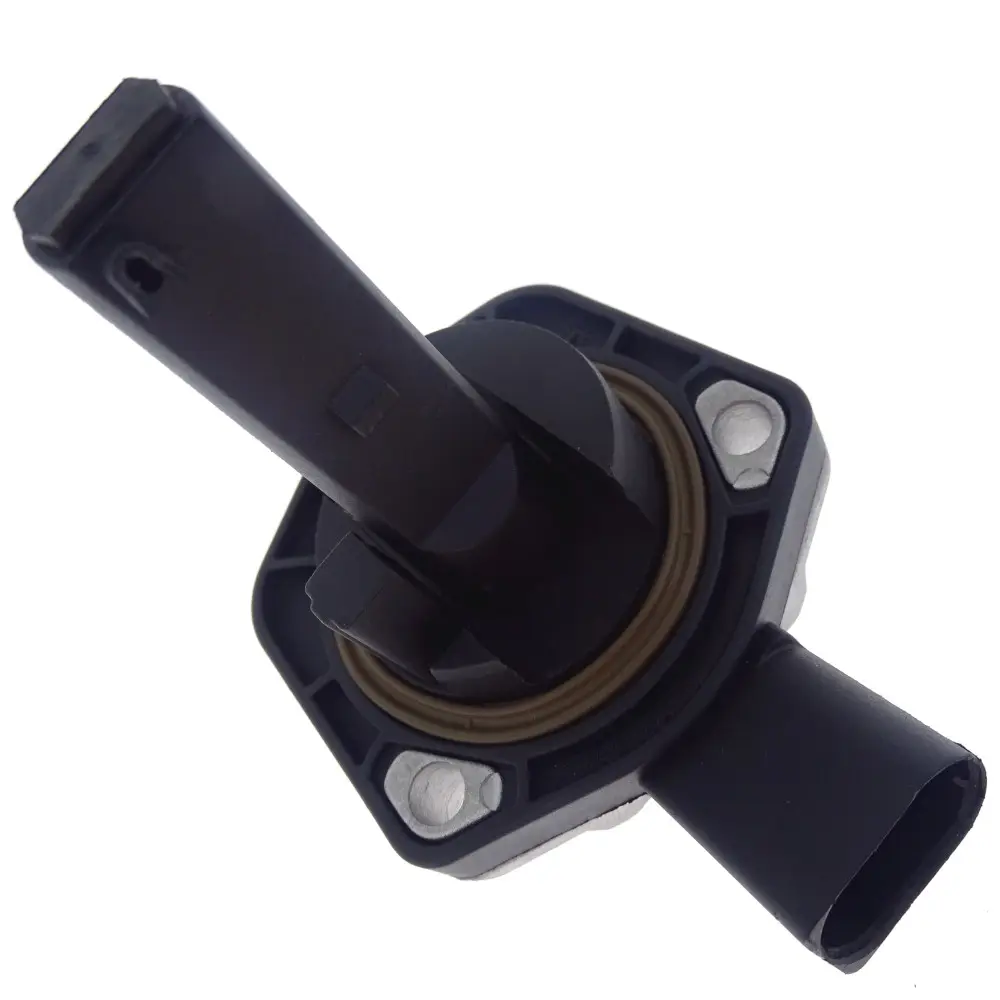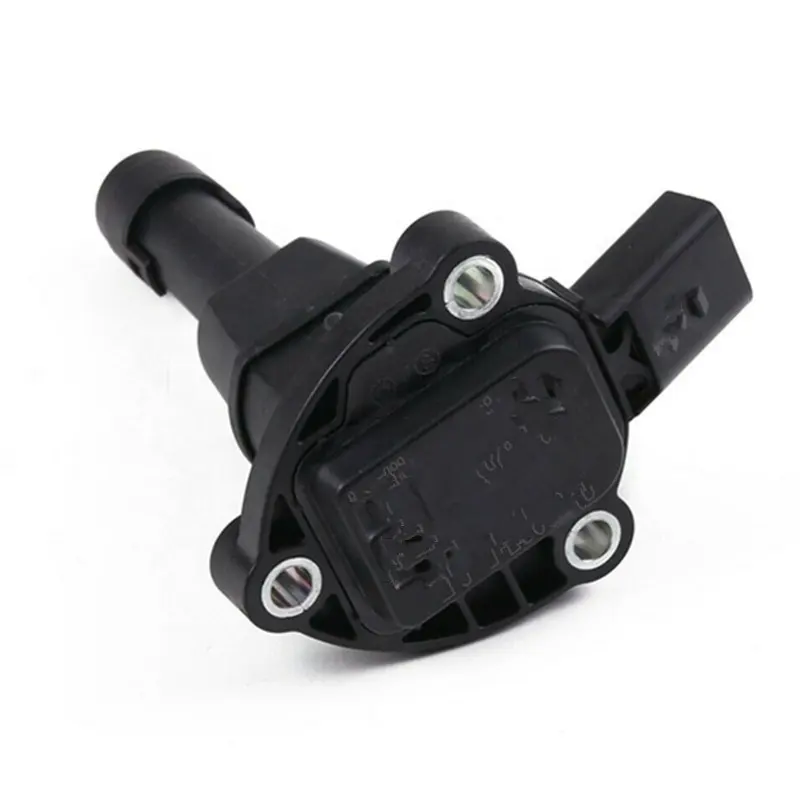Memahami Sistem Pemantauan Minyak Kenderaan Anda
Kenderaan moden sangat bergantung kepada sistem sensor yang canggih untuk mengekalkan prestasi optimum, dan sensor minyak kereta penjana minyak kereta memainkan peranan penting dalam ekosistem ini. Komponen penting ini terus memantau keadaan minyak enjin anda, membantu mencegah kerosakan yang berpotensi mahal dan memastikan kenderaan anda beroperasi dengan lancar. Walaupun jadual penyelenggaraan tradisional memberi fokus kepada sela kilometer tetap, sensor minyak kereta masa kini memberikan data masa nyata mengenai kesihatan minyak enjin anda.
Kepentingan berfungsi dengan betul penjana minyak kereta tidak dapat dinafikan. Ia berperanan sebagai lini pertahanan utama terhadap kehausan enjin dan kerosakan, memberi amaran kepada anda tentang kemungkinan masalah sebelum ia menjadi serius. Memahami seberapa kerap memeriksa komponen penting ini membantu memperpanjang jangka hayat enjin dan mengekalkan prestasinya.
Jadual Penyelenggaraan Penting untuk Sistem Pengawal Minyak
Selang Pemeriksaan Rutin
Mekanik profesional mencadangkan pemeriksaan pengawal minyak kereta setiap kali servis menukar minyak, biasanya setiap 5,000 hingga 7,500 batu bagi kenderaan moden. Walau bagaimanapun, tempoh ini mungkin berbeza bergantung kepada keadaan pemanduan dan spesifikasi pengilang kenderaan anda. Sesetengah kenderaan prestasi tinggi yang dilengkapi teknologi pengawal minyak kereta canggih mungkin memerlukan pemeriksaan lebih kerap untuk memastikan fungsi yang optimum.
Perlu diambil perhatian bahawa keadaan pemanduan yang mencabar, seperti perjalanan pendek yang kerap, suhu melampau, atau persekitaran berdebu, mungkin memerlukan pemeriksaan sensor yang lebih kerap. Dalam keadaan ini kes , merujuk kepada manual kenderaan anda atau teknisi yang berlesen boleh membantu menentukan jadual penyelenggaraan yang disesuaikan.
Pertimbungan Penyelenggaraan Musiman
Perubahan musim boleh memberi kesan besar terhadap prestasi sensor minyak kereta anda. Semasa musim sejuk, suhu rendah boleh mempengaruhi bacaan sensor, manakala haba musim panas mungkin mempercepatkan penguraian minyak. Mekanik profesional biasanya mencadangkan pemeriksaan menyeluruh ke atas sensor dilakukan semasa sesi penyelenggaraan musim bunga dan musim luruh untuk memastikan bacaan yang tepat sepanjang tahun.
Selain itu, peralihan musim merupakan peluang yang baik untuk mengesahkan bahawa sensor minyak kereta anda telah dikalibrasi dengan betul dan berfungsi seperti yang dikehendaki. Pendekatan proaktif ini membantu mencegah bacaan palsu dan memastikan pemantauan minyak yang boleh dipercayai sepanjang tahun.

Tanda-tanda Sensor Minyak Anda Perlu Perhatian
Amaran dan Lampu Isyarat di Papan Pemuka
Kenderaan moden yang dilengkapi dengan sistem sensor minyak kereta biasanya memberikan penunjuk yang jelas apabila memerlukan perhatian. Tanda amaran biasa termasuk lampu 'periksa enjin' yang menyala, amaran tekanan minyak, atau amaran kerosakan sensor tertentu pada paparan papan pemuka anda. Isyarat ini tidak boleh diabaikan, kerana ia mungkin menunjukkan kemungkinan masalah dengan sistem sensor minyak atau komponen berkaitan lain.
Berikan perhatian khusus terhadap sebarang corak yang tidak biasa dalam tingkah laku sistem pemantauan minyak anda. Jika anda perhatikan amaran yang kerap atau tidak konsisten, ini mungkin menunjukkan bahawa sensor minyak kereta anda memerlukan pemeriksaan atau penggantian. Mengekalkan catatan bila amaran ini berlaku boleh membantu juruteknik membuat diagnosis isu potensi dengan lebih berkesan.
Simptom Berkaitan Prestasi
Selain amaran pada papan pemuka, pelbagai masalah prestasi mungkin menunjukkan kegagalan pada sensor minyak kereta anda. Ini termasuk bunyi enjin yang tidak biasa, kecekapan bahan api yang berkurang, atau prestasi enjin yang tidak sekata. Sebarang perubahan ketara dalam operasi kenderaan anda harus segera disemak melalui sistem pemantauan minyak.
Teknologi sensor minyak kereta moden direka untuk mengesan perubahan halus dalam kualiti dan kuantiti minyak, menjadikannya alat penting untuk penyelenggaraan preventif. Apabila sensor ini berfungsi dengan betul, ia membantu mengoptimumkan prestasi enjin dan mencegah kehausan yang tidak perlu.
Amalan Terbaik Penyelenggaraan Profesional
Prosedur Ujian Diagnostik
Juruteknik profesional menggunakan peralatan diagnostik khas untuk menilai fungsi sensor minyak kereta. Ujian-ujian ini menilai ketepatan, masa tindak balas, dan keadaan keseluruhan sensor. Ujian diagnostik berkala membantu mengenal pasti kemungkinan masalah sebelum menyebabkan kegagalan sensor atau memberikan bacaan yang tidak tepat.
Prosedur diagnostik lanjutan sering kali termasuk ujian elektronik terhadap litar sensor, pengesahan output isyarat, dan perbandingan dengan spesifikasi pengilang. Pendekatan menyeluruh ini memastikan sistem pemantauan minyak kenderaan anda mengekalkan kebolehpercayaan dan ketepatannya.
Garispanduan Kalibrasi dan Penggantian
Kalibrasi sensor minyak kereta adalah tugas penyelenggaraan yang kritikal yang harus dilakukan oleh profesional yang berkelayakan. Proses ini memastikan bacaan yang tepat dan komunikasi yang betul antara sensor dan sistem komputer kenderaan anda. Pengilang biasanya mencadangkan kalibrasi sensor setiap 30,000 hingga 50,000 batu, walaupun ini mungkin berbeza mengikut model kenderaan dan keadaan operasi.
Apabila penggantian diperlukan, adalah penting untuk menggunakan komponen yang diluluskan oleh pengilang dan mengikuti prosedur pemasangan yang betul. Sensor minyak kereta yang dipasang dan dikalibrasi dengan betul memberikan data yang boleh dipercayai mengenai keadaan minyak enjin anda, membantu anda mengekalkan prestasi optimum dan mencegah kehausan yang tidak perlu.
Soalan Lazim
Apakah yang berlaku jika sensor minyak kereta saya gagal?
Sensor minyak kereta yang gagal boleh menyebabkan bacaan paras minyak yang tidak tepat, yang berpotensi merosakkan enjin sekiranya masalah minyak tidak dikesan. Anda mungkin mengalami lampu amaran, penurunan prestasi enjin, atau langsung tiada maklumat paras minyak. Pemeriksaan profesional segera disyorkan jika anda mencurigai kegagalan sensor.
Bolehkah saya menggantikan sensor minyak kereta sendiri?
Walaupun secara teknikal berkemungkinan, penggantian sensor minyak kereta sebaiknya diserahkan kepada juruteknik profesional. Proses ini memerlukan alat khusus, kepakaran dalam sistem elektrik, dan prosedur kalibrasi yang betul. Pemasangan yang salah boleh menyebabkan bacaan palsu dan kerosakan enjin yang berpotensi.
Seberapa tepat sensor minyak kereta moden?
Sensor minyak kereta moden sangat tepat apabila diselenggara dan dikalibrasi dengan betul. Ia boleh mengesan perubahan kecil dalam kualiti minyak, kelikatan, dan paras minyak, memberikan data yang boleh dipercayai untuk perlindungan enjin. Walau bagaimanapun, ketepatan mereka bergantung kepada penyelenggaraan berkala dan fungsi sistem berkaitan yang betul.

